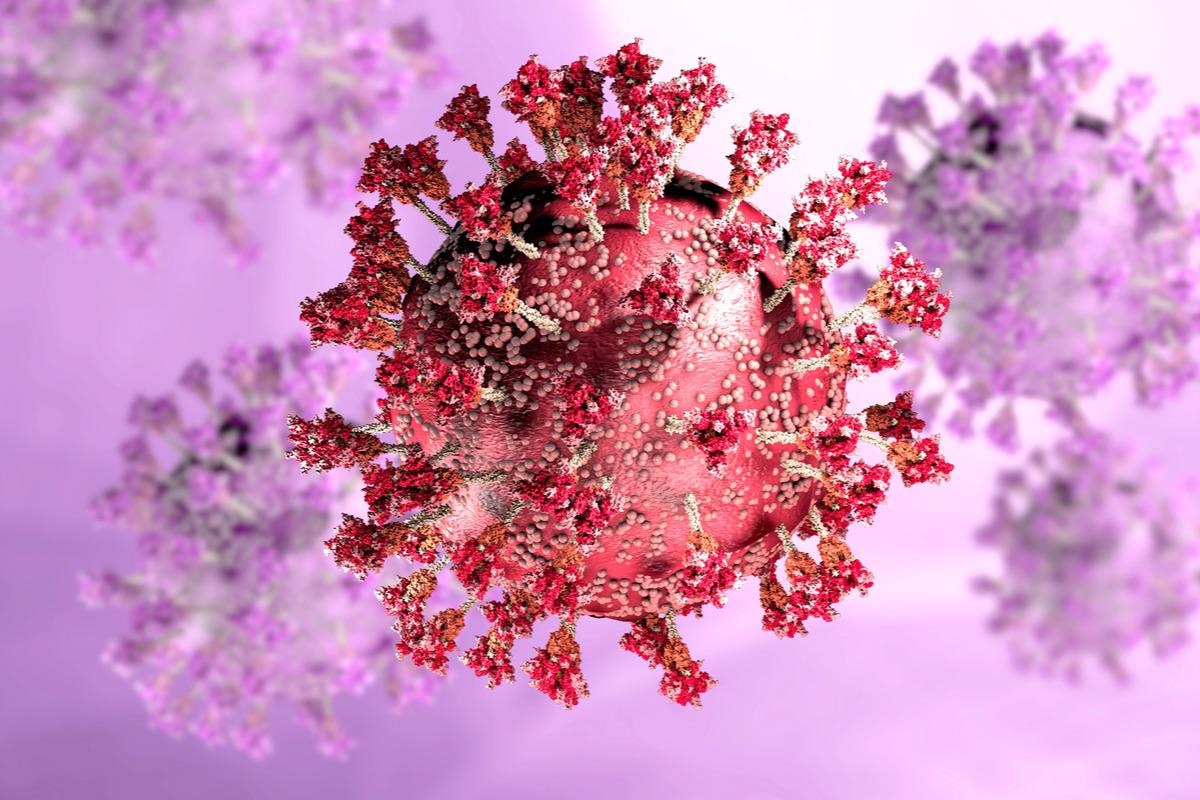A recent study posted to the Research Square* pre-print server investigated the interactions between severe acute respiratory syndrome coronavirus 2 (SARS-CoV-2) proteins and viral and host ribonucleic acid (RNA) in virus-infected cells.
 Study: Discovery and functional interrogation of SARS-CoV-2 protein-RNA interactions. Image Credit: Naeblys/Shutterstock
Study: Discovery and functional interrogation of SARS-CoV-2 protein-RNA interactions. Image Credit: Naeblys/Shutterstock

 *Important notice: Research Square publishes preliminary scientific reports that are not peer-reviewed and, therefore, should not be regarded as conclusive, guide clinical practice/health-related behavior, or treated as established information.
*Important notice: Research Square publishes preliminary scientific reports that are not peer-reviewed and, therefore, should not be regarded as conclusive, guide clinical practice/health-related behavior, or treated as established information.
Various studies have reported the preferences of SARS-CoV-2 proteins towards specific viral RNA genomes, resulting in their shared and separate functions in transcription, replication, and viral packaging. However, extensive research is needed to understand the impact of RNA-viral protein interactions on the suppression of host gene expression and its usage as a potential therapy target for coronavirus disease 2019 (COVID-19).
About the study
The present study examined the nature of interactions between SARS-CoV-2 proteins and viral genome as well as the host transcriptome and their impact on viral infection and exogenous expression.
The team collected BEAS-2B, human embryonic kidney-293 cells (HEK293T), Vero E6 cells, and an angiotensin-converting enzyme 2-overexpressing A549 cell line (A549-ACE2) for the study. The BEAS-2B cell lines were used to prepare cells for enhanced crosslinking and immunoprecipitation (eCLIP). Also, plasmids tagged with SARS-CoV-2 proteins were expressed in the BEAS-2B cell lines. Furthermore, the team generated a human lung organoid for the study.
Under biosafety level (BSL)-3 conditions, SARS-CoV-2 USA-WA1/2020 isolates, human coronavirus (HCoV)-19/USA/CA_UCSD_5574/2020 (B.1.1.7), and hCoV-19/South Africa/KRISP646 K005325/2020 (B.1.351) were propagated. These infectious units were then quantified using fluorescent focus assay on transmembrane protease, serine 2 (TMPRSS2)-Vero E6 cells. Immunofluorescence staining assays were also conducted on the A549-ACE2 cells.
The team also performed eCLIP on Vero E6 cells infected with SARS-CoV-2 and the eCLIP enrichment for each nucleotide position. The reads of these infected Vero cells were then mapped to the genomic assemblies of the African green monkey and SARS-CoV-2. Also, the A549-ACE2 cells were infected with SARS-CoV-2 and purified to prepare RNA-sequencing libraries. This was followed by polysome fractionation which involved the generation of cellular lysates which were subjected to RNA extraction.
Crosslinking and solid-phase purification (CLASP) was performed on the HEK293T cells. RNA interactome capture (RIC) was executed to allow the elusion of SARS-CoV-2 proteins. Techniques such as western blotting, immunofluorescence, enzyme-linked immunosorbent assay (ELISA), and subcellular fractionation were used in the analysis.
Results
The study results showed coverage of over 96% of all input and immunoprecipitated (IP) samples of proteins mapped to the positive sense of the RNA, indicating that a majority of viral RNA interacted with the RNA-binding proteins. Between the non-structural protein 9 (NSP8) and NSP12 eCLIP read densities, strong relative positional enrichment was observed at the position 1 of the 5' end with an increase of 573 and 103 times, respectively, while a lower improvement of 0.75 fold was observed for N.
The position at the beginning of the leader transcription regulatory site (TRS) also exhibited high relative positional enrichment of over 4.9 fold for NSP8 and over 22 fold for NSP12 with an increase of more than 0.6 fold for SARS-CoV-2 nucleocapsid (N) protein.
Strong enrichment of the NSP8 and NSP12 was observed at the 3' end after the stop codon in the N protein till the beginning of the stem-loop II-like motif (S2M) structured region. The enrichment of the NSP8 and NSP12 continued after the S2M region, suggesting that the function of the S2M is unrelated to the NSP8 and NSP12 proteins. Overall, eCLIP showed the direct interactions between NSP8 and NSP12 and the untranslated region (UTR) regions which are responsible for the regulation of transcription and replication.
Only a small proportion of input and IP samples were mapped to the negative sense of the strand. However, the NSP8 and NSP12 IP samples enriched the negative sense reads by 100 and 10 fold in comparison to the IN samples. The coverage of IP samples in the negative strand was 33% in N, which was lower than the 58% and 80% coverage in the NSP8 and NSP12, respectively.
Altogether, the findings highlight the function of the NSP8 and NSP12 in the transcription of negative-sense RNA templates for the mRNA (messenger RNA) generation as well as the function of the N protein in selectively binding to the positive-sense RNA.
The study found that the N, NSP8, and NSP12 genes interacted with almost 24, 457, and 703 genes with 39, 658, and 1457 significant peaks that met the irreproducible discovery rate (IDR) threshold. Also, the IP samples from the NSP8 and NSP12 proteins were mapped more often to the host transcript than to the viral RNA. Also, the sequencing of SARS-CoV-2-infected Vero cells showed that the mRNA target levels of NSP8 and NSP12 proteins were higher than that of non-target genes.
Conclusion
The study findings showed that NSP12 proteins upregulated the processes linked to the SARS-CoV-2 N protein. The researchers proposed that NSP9 could inhibit host gene expression by blocking the mRNA export. This kind of extensive understanding of viral protein-host RNA interactions can help develop new antiviral strategies for COVID-19 treatment.

 *Important notice: Research Square publishes preliminary scientific reports that are not peer-reviewed and, therefore, should not be regarded as conclusive, guide clinical practice/health-related behavior, or treated as established information.
*Important notice: Research Square publishes preliminary scientific reports that are not peer-reviewed and, therefore, should not be regarded as conclusive, guide clinical practice/health-related behavior, or treated as established information.